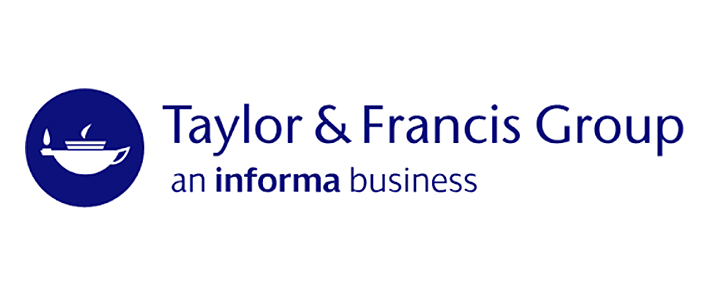Introduction to effective field theory/ C.P. Burgess
Publication details: United Kingdom: CUP, 2020Description: xxi, 641 pages, 26 cmISBN:- 9780521195478
- 23 530.14 B955
| Item type | Current library | Call number | Status | Date due | Barcode | Item holds | |
|---|---|---|---|---|---|---|---|
| Books | ISI Library, Kolkata | 530.14 B955 (Browse shelf(Opens below)) | Available | 138526 |
Part I Theoretical Framework -- 1. Decoupling and hierarchies of scale -- 2. Effective actions -- 3. Power counting and matching -- 4. Symmetries -- 5. Boundaries -- 6. Time-dependent systems -- Part II Relativistic application -- 7.Conceptual issues (Relativistic systems) -- 8. QCD and Chiral perturbation theory -- 9. The Standard model as an effective theory -- 10. General relativity as an effective theory -- Part III Nonrelativistic applications -- 11. Conceptual issues (Nonrelativistic systems) -- 12. Electrodynamics of nonrelativistic particles -- 13. First quantized methods -- Part IV Many body applications -- 14. Goldstone Bosons again -- 15. Degenerate systems -- 16. EFTs and open systems
Using examples from across the sub-disciplines of physics, this introduction shows why effective field theories are the language in which physical laws are written. The tools of effective field theory are demonstrated using worked examples from areas including particle, nuclear, atomic, condensed matter and gravitational physics. To bring the subject within reach of scientists with a wide variety of backgrounds and interests, there are clear physical explanations, rigorous derivations, and extensive appendices on background material, such as quantum field theory. Starting from undergraduate-level quantum mechanics, the book gets to state-of-the-art calculations using both relativistic and nonrelativistic few-body and many-body examples, and numerous end-of-chapter problems derive classic results not covered in the main text. Graduate students and researchers in particle physics, condensed matter physics, nuclear physics, string theory, and mathematical physics more generally, will find this book ideal for both self-study and for organized courses on effective field theory.
There are no comments on this title.



























